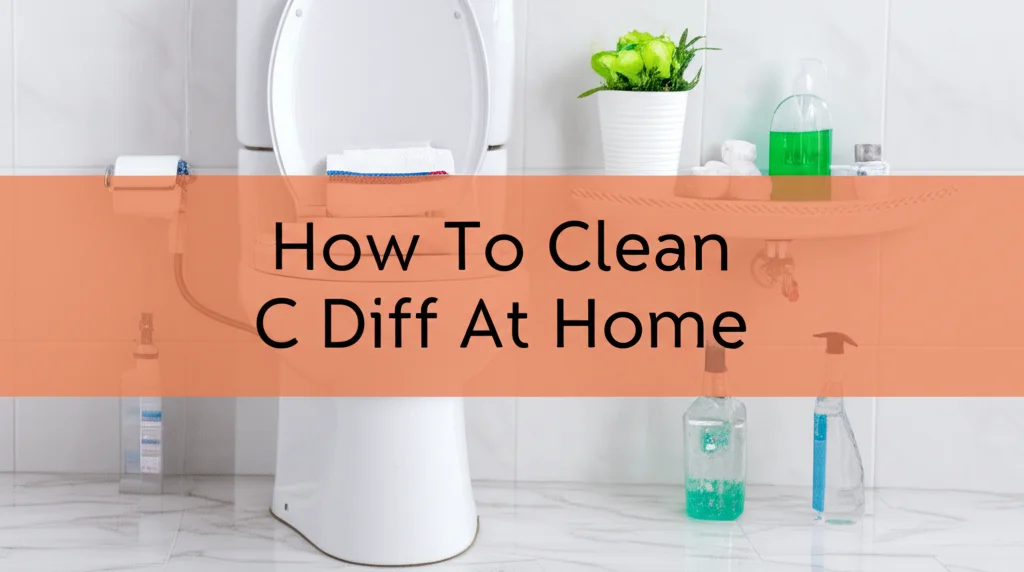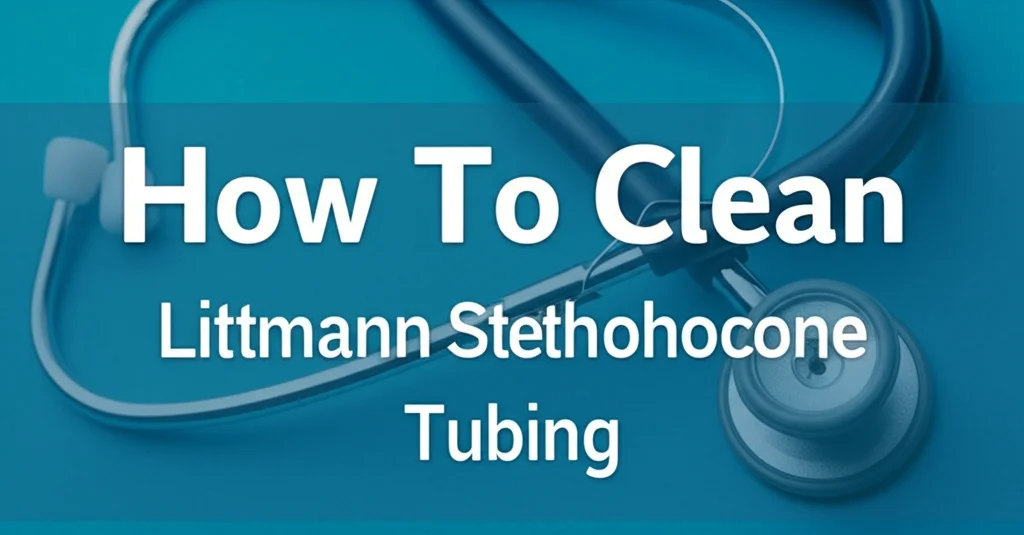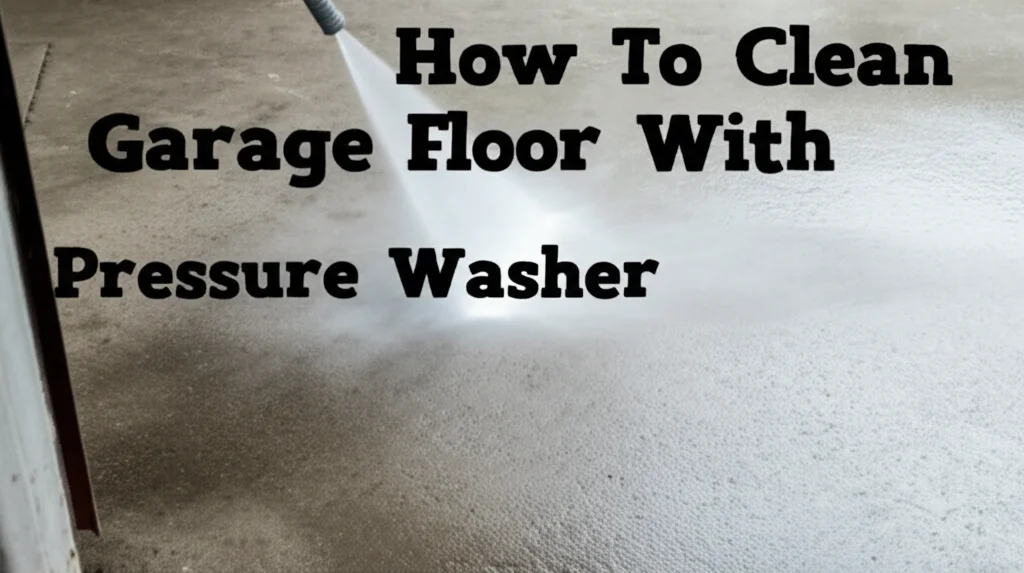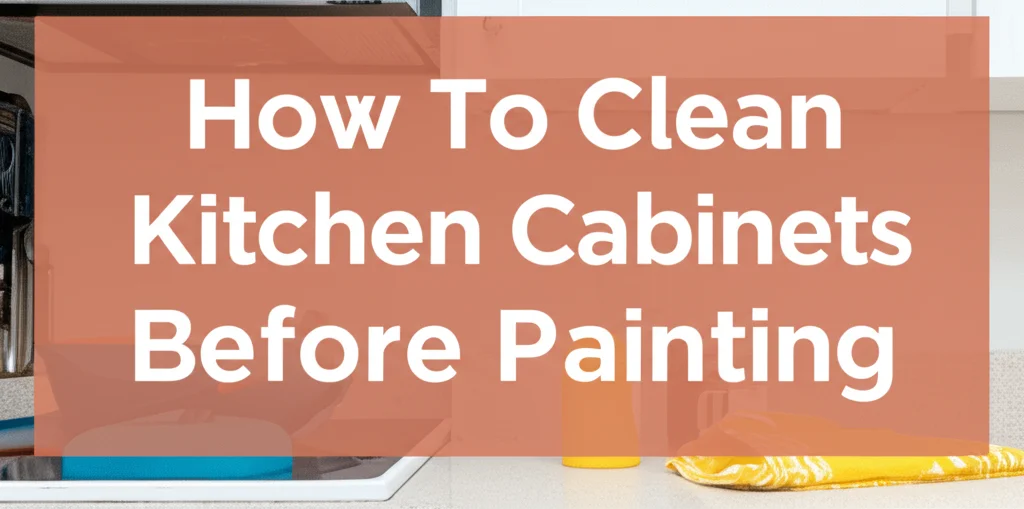· Cleaning & Disinfecting · 7 min read
How To Clean C Diff At Home

Cleaning Up After C. Diff: A Homeowner’s Guide
Dealing with Clostridioides difficile (C. diff) can be frightening, but knowing how to properly clean your home is a crucial step in preventing its spread. C. diff is a bacterium that causes inflammation of the colon, leading to diarrhea and fever. It’s often contracted after antibiotic use disrupts the natural gut bacteria. This article will guide you through the essential steps to effectively clean and disinfect your home after a C. diff infection, protecting yourself and your loved ones. We’ll cover everything from choosing the right cleaning products to focusing on high-risk areas.
Takeaway:
- Use bleach-based cleaners for effective disinfection.
- Focus on bathrooms and frequently touched surfaces.
- Wash linens thoroughly with hot water and bleach.
- Practice diligent hand hygiene.
- Consider professional cleaning for severe cases.
What is C. Diff and Why is Cleaning Important?
C. diff spores are incredibly resilient and can survive on surfaces for months. Unlike many bacteria, standard household cleaners often won’t kill these spores. This means the spores can linger in your home, potentially re-infecting the individual or spreading to others. Effective cleaning is vital to break the chain of infection and create a safe environment. It’s not just about making things look clean; it’s about eliminating the source of the problem at a microscopic level. Proper disinfection minimizes the risk of recurrence and protects the health of everyone in the household.
The Best Disinfectants for C. Diff Spores
Standard disinfectants aren’t enough when dealing with C. diff. You need a product specifically proven to kill C. diff spores. Bleach is your strongest ally in this fight. Here’s what you need to know:
- Bleach Solution: The CDC recommends using a bleach solution made with 5.25%–6.15% sodium hypochlorite (household bleach). Mix 1/3 cup of bleach per gallon of water. Always use fresh bleach, as it degrades over time.
- EPA-Registered Disinfectants: Look for EPA-registered disinfectants specifically labeled as effective against C. difficile spores. These products have undergone rigorous testing to prove their efficacy.
- Hydrogen Peroxide: Some hydrogen peroxide-based disinfectants are also effective, but check the label to ensure they are specifically approved for C. diff.
- Avoid Alcohol-Based Cleaners: Alcohol is not effective at killing C. diff spores. Don’t rely on hand sanitizers or alcohol wipes as your primary disinfection method.
Focusing on High-Risk Areas in Your Home
C. diff spores are shed in feces, so areas that come into contact with fecal matter are the highest risk. Prioritize these areas during your cleaning routine:
- Bathrooms: This is the primary area of concern. Disinfect toilets (inside and out), sinks, floors, shower/tub surfaces, and any frequently touched items like faucets and door handles.
- Bedrooms: If the infected person has experienced incontinence or diarrhea in bed, thoroughly disinfect the mattress, bedding, and surrounding floor.
- Kitchen: While less common, the kitchen can become contaminated if the infected person prepares food while symptomatic. Disinfect countertops, sinks, and any surfaces that may have come into contact with fecal matter.
- Floors: C. diff spores can settle on floors, so regular disinfection is essential. Pay attention to areas near the toilet and bathroom. Consider the type of flooring; you might need different approaches for tile versus carpet. You can find more information on cleaning different floor types here: https://beacleaner.com/how-to-clean-luxury-vinyl-plank-flooring/.
Disinfecting Surfaces: A Step-by-Step Guide
Effective disinfection requires a systematic approach. Here’s how to do it right:
- Wear Protective Gear: Always wear disposable gloves and a mask to protect yourself from exposure. Consider eye protection as well.
- Remove Visible Soil: Before disinfecting, remove any visible dirt or organic matter with soap and water. This allows the disinfectant to work more effectively.
- Apply Disinfectant: Apply the bleach solution or EPA-registered disinfectant to the surface, ensuring it remains wet for the recommended contact time (usually 5-10 minutes).
- Air Dry: Allow the surface to air dry completely. Do not wipe it down, as this can remove the disinfectant before it has had a chance to kill the spores.
- Repeat Regularly: Repeat this process daily, or even more frequently, during the infection and for a period afterward, as recommended by your healthcare provider.
Laundry and Linens: Killing C. Diff in Fabrics
Linens, clothing, and other fabrics can harbor C. diff spores. Proper laundering is crucial:
- Hot Water: Wash all potentially contaminated items in hot water (at least 160°F or 71°C).
- Bleach: Add bleach to the wash cycle, following the garment care instructions.
- Separate Laundry: Wash contaminated items separately from other laundry to prevent cross-contamination.
- Dry Thoroughly: Dry items on the hottest setting the fabric can tolerate.
- Handle Carefully: Wear gloves when handling contaminated laundry and avoid shaking it, which can spread spores.
Dealing with Carpets and Upholstery
Carpets and upholstery pose a unique challenge because they can absorb and retain C. diff spores. Here’s how to address them:
- Steam Cleaning: Steam cleaning with a high-temperature steamer can help kill spores, but it’s not always sufficient on its own.
- Disinfectant Application: After steam cleaning, apply a bleach solution (test in an inconspicuous area first to ensure it doesn’t damage the fabric) and allow it to air dry.
- Professional Cleaning: For severe contamination, consider professional cleaning by a company experienced in disinfecting C. diff. They have specialized equipment and cleaning agents. You might also want to check out how to remove stains from carpets: https://beacleaner.com/how-to-get-motor-oil-out-of-carpet/.
- Area Rugs: Remove and disinfect area rugs separately.
Hand Hygiene: The First Line of Defense
Even with thorough cleaning, diligent hand hygiene is essential.
- Wash Frequently: Wash your hands frequently with soap and water for at least 20 seconds, especially after using the bathroom, before eating, and after touching any potentially contaminated surfaces.
- Alcohol-Based Hand Sanitizer: While not as effective as soap and water, alcohol-based hand sanitizer (with at least 60% alcohol) can be used when soap and water are not available.
- Avoid Touching Your Face: Avoid touching your face, especially your mouth, nose, and eyes, to prevent the spread of infection.
Frequently Asked Questions About Cleaning C. Diff
Q: How long can C. diff spores survive on surfaces? A: C. diff spores can survive on surfaces for months, even years, making thorough cleaning and disinfection crucial. Their resilience is a key reason why standard cleaning isn’t enough.
Q: Is it necessary to disinfect everything in the house? A: No, focus on high-risk areas like bathrooms and surfaces frequently touched by the infected person. Over-disinfecting isn’t necessary and can be harmful.
Q: Can I use vinegar to clean C. diff? A: Vinegar is not effective at killing C. diff spores. Bleach or an EPA-registered disinfectant specifically labeled for C. diff is required.
Q: Should I hire a professional cleaning service? A: For severe cases or if you are concerned about thorough disinfection, hiring a professional cleaning service specializing in C. diff is a good idea.
Q: How often should I clean after someone recovers from C. diff? A: Continue disinfecting high-risk areas for at least a week after the person is no longer symptomatic, and then reduce to regular cleaning with disinfectant.
Conclusion: Protecting Your Home and Family
Cleaning up after a C. diff infection requires diligence and the right approach. Remember that C. diff spores are incredibly resilient, so using bleach-based cleaners or EPA-registered disinfectants is essential. Focus on high-risk areas, practice diligent hand hygiene, and don’t hesitate to seek professional help if needed. By following these guidelines, you can effectively eliminate C. diff from your home and protect your family’s health. Taking these steps will help you regain peace of mind and create a safe, healthy living environment. If you’re looking for more information on keeping your home clean and healthy, explore our other articles on https://www.beacleaner.com.




